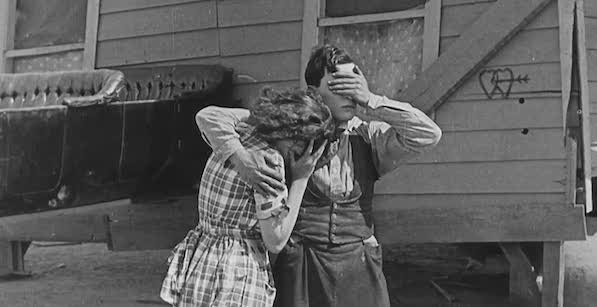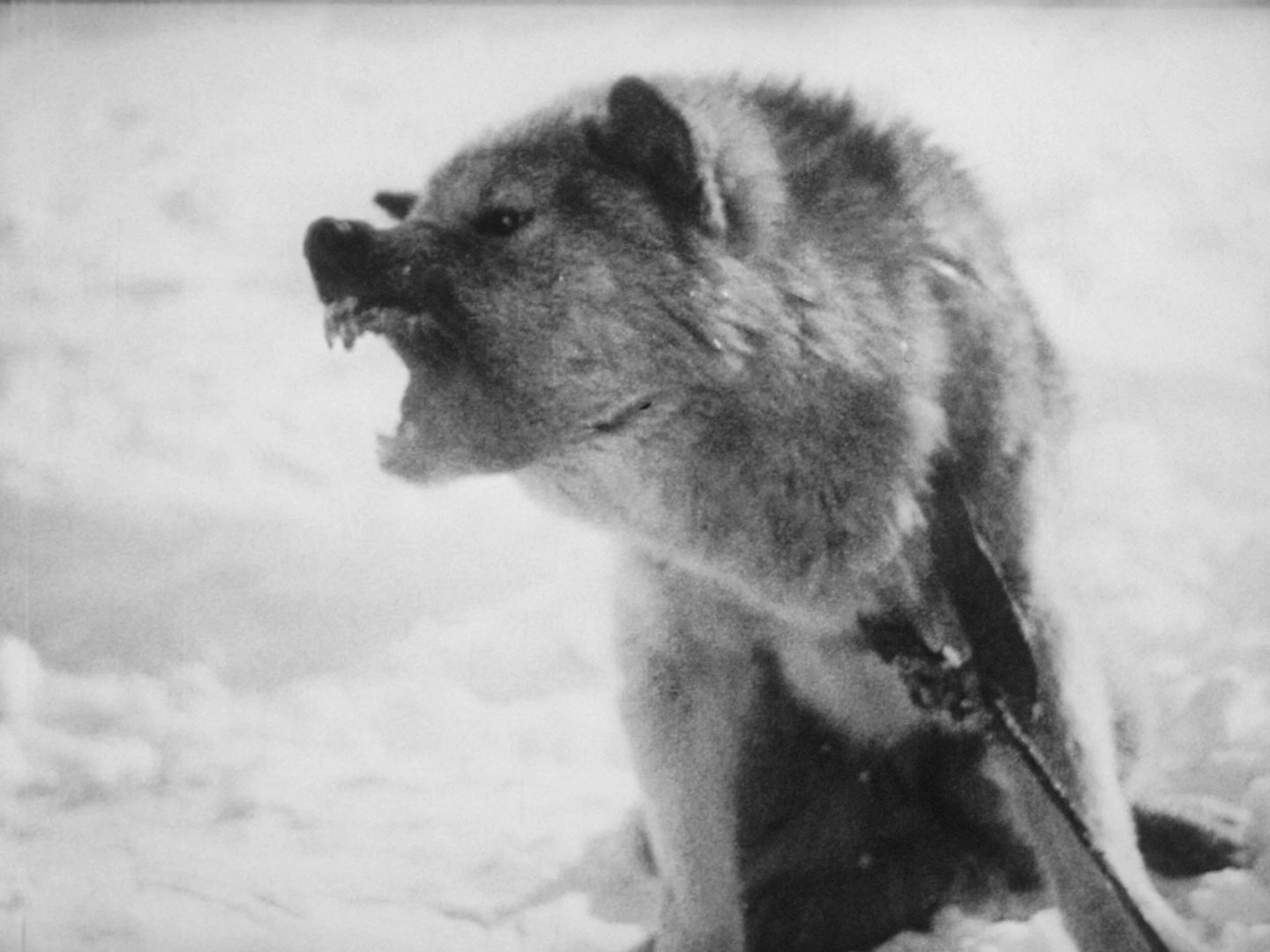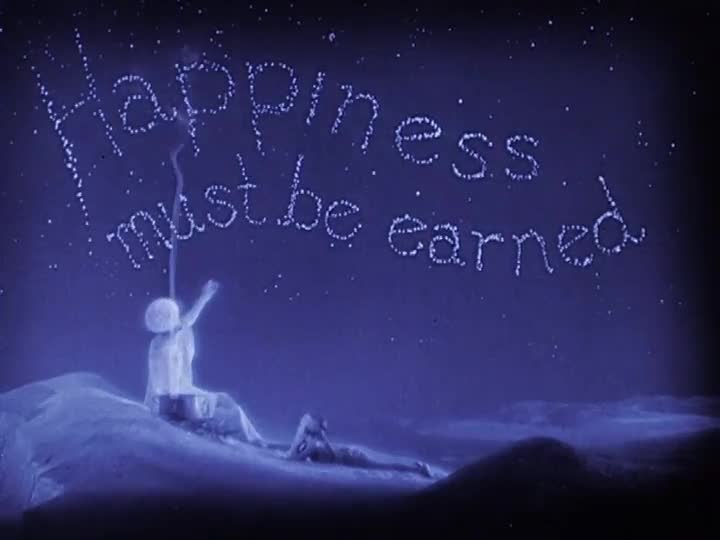[Editor’s note: As part of our Fifty Days, Fifty Lists project, the Film 101 series that continues today on Keyframe offers a short alternative course in cinema. By the time it’s completed in five parts over five weeks, you’ll have hit film’s floodlit high points and ventured down its dim back alleys. Notebook optional. For review, check out Film 101: Part One and for more, dip into Film 101: Part Three, Four and Five (when they’re ready).]
One Week (1921)
While much pre-sound cinema now seems antiquated to modern viewers, one big chunk has retained a timeless appeal: Silent comedy. Charlie Chaplin’s prankish “Little Tramp,” “Great Stoneface” Buster Keaton, bespectacled nebbish Harold Lloyd, the dimwitted duo of Laurel & Hardy and others were popular around the world, and remained so long after movies learned to talk. Most silent comedians had backgrounds in vaudeville, circus, the English music hall or other live showcases for broad physical humor. But as the medium grew more sophisticated, so did many screen comedies. Keaton’s penchant for innovative, spectacular, often neck-risking sight gags as already on full display in his very first short as director-star, 1920’s One Week. Given an assemble-it-yourself prefab house as a wedding present, Buster and his bride set about assembling the thing on their empty lot. Little do they realize that her spiteful spurned suitor has messed around with the instructions, resulting in an architectural monstrosity that at one point spins on its axis like a carnival ride during a windstorm. Keaton’s crew built an actual full-sized house on a turntable, with no models used.
Nanook of the North (1922)
Most very early movies were “documentaries” in the sense that they simply captured real-life acts and sights few spectators could have seen “live.” But as the medium’s capacity for storytelling grew, fiction dominated the industry and non-fiction cinema became its own specialized niche. A regular element of movie programs for decades was the newsreel, which offered short weekly compilations of global “breaking news” footage both important and frivolous, including such unforgettable sights as the 1937 Hindenburg airship disaster. A milestone amongst feature-length documentaries was Robert J. Flaherty’s Nanook of the North. By today’s standards, this “Story of Life and Love In the Actual Arctic” played fast and loose with “truth:” Some sequences were staged out of practical necessity, and Flaherty’s “cast” his own Canadian Inuit lovers as the hunter protagonist’s two “wives.” But audiences thrilled at the sheer exoticism of seeing human life as it had been lived for centuries (more or less) in this hitherto little-explored, harsh natural environment. The film’s enormous success ushered in the whole notion of “travelogue” cinema, whose myriad forms remain popular today.
The Thief of Bagdad (1924)
“Hollywood” was formed by escape as well as escapism. Filmmakers fled west as early as 1910 to evade early patent laws on motion picture cameras and projectors. Soon the industry’s center had shifted from New York to Southern California, where perpetually sunny weather made work conditions even more favorable. Tiny Los Angeles municipality Hollywood found itself Ground Zero to a dynamically expanding business that by the 1920s was a major U.S. economic force. Not to mention a cultural force: A “movie mad” public idolized favorite movie stars whose glamorous lives were minutely (if often fictitiously) chronicled in fan magazines. When dashing Douglas Fairbanks wed “America’s Sweetheart” Mary Pickford in 1920, the world swooned at this “fairy tale come true.” (Never mind that both of them went through messy divorces first.) They lived up to the part of “Hollywood Royalty,” holding court in their grandiose “Pickfair” estate. While “Little Mary” played plucky girl-heroines of melodrama well into her 30s, “Doug” was ever the good-humored, joyously athletic man of action. Here he is in 1924 superproduction The Thief of Bagdad, arguably the best among his lavish adventure vehicles that decade. It was produced by United Artists, the studio he, his wife, Charlie Chaplin and D.W. Griffith founded (with uneven success) to take control of their own artistic and commercial destinies.
Strike (1925)
Then as now, Hollywood in the “Roaring Twenties” represented the ultimate harnessing of escapism to capitalism. But filmmaking took on very different emphases elsewhere around the globe. In particular, a cinematic “revolution” arose in the newly formed Soviet Union not long after the political one that had toppled a centuries-old Imperial Russian Empire. The old regime’s flourishing commercial film industry was replaced by a brilliant new generation fueled by the idealogical fervor of the new Socialist state. Their goal: Remaking the language of cinema itself to reflect those ideals. Sergei Eisenstein’s 1925 first feature Strike typically dramatizes the struggle between the working masses and their exploiters in striking imagery, an episodic narrative driven less by characters than themes, and dynamic editing so distinctive the technique became known as “Soviet montage.” Even more famous than this film’s climax intercutting between an Army massacre and livestock slaughter was the legendary “Odessa Steps” sequence in Eisenstein’s Battleship Potemkin the same year. Other U.S.S.R. filmmakers of this era who found uniquely vivid, often poetical ways to dramatize propagandic content included Dziga Vertov (1929’s Man with a Movie Camera) and Dovzhenko (1930’S Earth). While the Soviet “experiment” was viewed abroad with varying degrees of admiration and skepticism in these pre-Cold War days, its innovative movies were widely influential.







